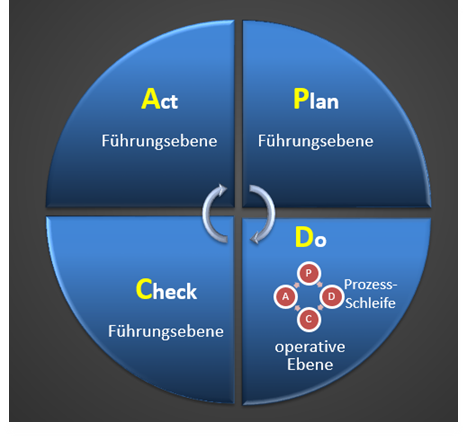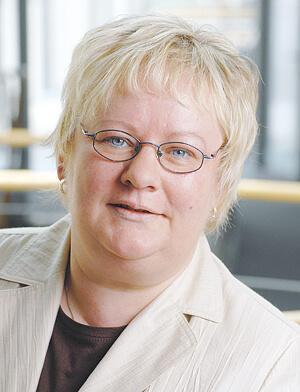Project period: October 2016 - January 2017
Austria, Vorarlberg
Consultants involved: 2
Initial situation
In a metalworking company, mechanical production is a bottleneck for the supply of downstream series production. The management commissioned the REFA consultancy for an external review of planning, processes and workflows as well as plant utilisation - especially in the bottleneck area of "hard turning and cylindrical grinding".

Aim of the REFA counselling
The aim of the counselling was to conduct detailed analyses and to develop proposals for improved workflows, processes and an optimised material flow.
Task and procedure
Recording the actual situation
- Detailed analysis of the internal and external planning process from order intake to order scheduling
- Detailed analysis of internal and external capacity planning concerning employees and machines
- Process analyses of the employees, especially at the bottleneck plants: Who does what and, above all, how?
- Activity analyses of the employees - especially at the bottleneck plants - in order to record the productive and unproductive time fractions of the employees
- Material flow analyses - especially at the bottleneck plants - to determine how large the duration of material supply and material disposal is and at which interface problems occur
- Setup time analyses - especially at the bottleneck plants - in order to record and evaluate the activities and workflows of the individual setup steps in detail
- Utilisation degree analyses of the plants. The main and secondary utilisation times of the plants are recorded by means of activity samplings.
- Evaluation of the productive and unproductive time fractions of the employees. Based on the percentage distribution of productive and unproductive time shares, suggestions for possible new workflows, activities and an optimised material flow can be developed.
Potential determination
Based on the above analyses, potentials are identified and, if possible, evaluated monetarily.
Measures to tap potential
Potential 1:
Considering planning factors (capacity planning)
The following planning factors must also be taken into account in the available capacity per machine:
- Down-time level in % - Determination of unavailable capacities per year and machine
- Interruption level in % - results from the Utilisation degree analyses per machine (interruptions during the shift)
Potential 2:
Reduce unproductive time fractions
Reduction of unproductive time shares on the lathes from currently ≥ 35 % through elimination of programming at the machine - programmes are written "beforehand".
- Installing tool preparation (possibly by sawmill)
Potential 3:
Reduction of setup times
The causes of rush orders must be analysed and "home-made rush orders" successively eliminated.
Thanks to the new planning process, there are no more unplanned orders and thus no order interruptions.
Capacity for "top priority orders" must be continuously scheduled in the new planning process.
Potential 4:
Reduction of ancillary times
Ancillary times of currently ≥ 25% are reduced by:
- Optimisation measures in the control of the mechanical production
- Organisational measures (method training, standardisation, sensitisation through visualisation of ancillary times)
- Daily order-related target/actual comparison
- Prompt identification of the causes of deviations and, if necessary, initiation of improvements
Potential 5:
Tolerance management
- Determination of tool tolerances (development, design, production, quality management) according to the specifications:
- What is necessary for the function?
- What is feasible or economical for mechanical production?
- What is required for simulation, testing
- Introduction of a P-D-C-A cycle for the flow process
- Installing of a driver function (project manager)

Potential 6:
New planning process
- Division of order processing into planning and control of mechanical production
- Organisational integration
- Placing planning and control of mechanical production directly under the management of the mechanical production department
- Combining planning and control of mechanical production spatially (using synergies)
- Clear assignment of tasks with deputising plan
- Standardisation of processes (internal/external planning and control of mechanical production)
- Establishing and implementing common rules together
- Introduction of BDE as the leading feedback system
- Partial confirmations at the end of the shift or order change/order interruption
- Set up visualisation management (key installations)
- Regular coordination/info/keynumbers for sales on capacity utilisation
- Increased planning of warehouse orders/recurring items
The following targets can be achieved with the redesigned planning process:
- Reduction of missing parts and disturbing factors
- Reduction of short-term reschedulings
- Stabilisation of mechanical production
- Shortening the Throughput time - thereby increased supply of capacity
- Optimised utilisation in mechanical production
- Increase productivity in mechanical production
- Sales receives information about production utilisation
- Significant improvement in adherence to deadlines
- Reliable data for the calculation
- Value creation remains in-house
- Reduction of subsequent costs due to late delivery




 Bettina Dirks
Bettina Dirks



